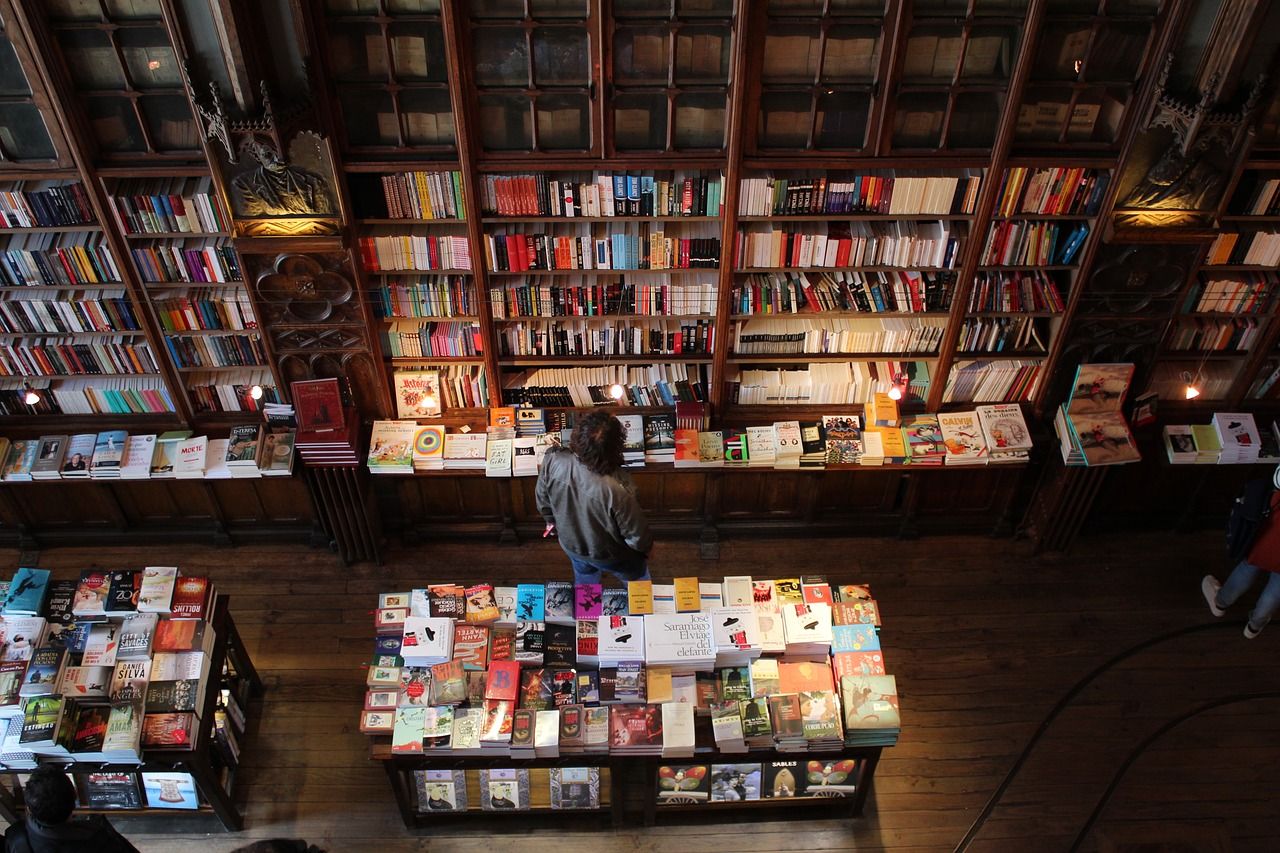
I often tell excited prospective clients and workshop participants that my superpower is being a buzz kill. This usually gets a laugh, but I'm only half joking.
The competition for shelf space and reader attention is fierce. The reality is that most books aren't commercially viable.
I could focus on the positive and blow smoke and sunshine, but I believe it's wise and ethical to first "think negative" because the buzz brought on by the idea of publishing a book comes with a sting.
If you're a long-term thinker like I am, you probably agree that it's better to face the sting before you invest time, energy, and money than after because when you know what you're up against, you can make educated decisions and take calculated risks.
“Ultimately, when presenting to a publisher, I provide a cross-section. If a book has 250 reviews with 4 and 5 stars, and 70,000 in sales, this author has a lot of promise. Alternatively, if a book has 200 reviews and only 10,000 sales, it’s going to be so much more challenging to present them and say, ‘You should invest money in this author.’” (17, 18, and keep 22 in mind)
In the July August 2021 edition of Poets & Writers, literary agent Amy Elizabeth Bishop says, it's best to approach an agent with a new book idea because "most agencies are not going to agree to represent a previously self-published book unless sales are fantastic (think hundreds of thousands of copies sold)." (25)
High Achiever: The Shocking True Story of One Addict's Double Life by Tiffany D. Jenkins was originally self-published in 2017 and sold to Harmony Books, an imprint of Penguin Random House, on 3/22/2019. (19, 20)
Note that she has over 2,000 reviews on Amazon and a 5-star rating.
How do you feel?
Mixed feelings are a sign that you're approaching your project more objectively and that you'll be better prepared to meet the needs and expectations of editors, literary agents, publishers, and bookstore owners when you’re ready to pitch, publish, and promote your book.
To learn more about the different publishing options and help determing the best option for you and your project, read Which Publishing Model Is Right for You: Traditional Big 5, Traditional Indie Press, Self-Publishing, or Hybrid/Partner?
If you'd like a free, objective consultation to discuss your goals and project, let's connect.
Ready to talk to an experienced and results-oriented ghostwriter/book collaborator, book doctor, and developmental editor? To schedule a free, 30-minute consultation, click here.
For authors who aspire to be traditionally published, I highly recommend the Print Run podcast.
For self-publishing authors, I recommend The Creative Penn podcast.
All authors and aspiring authors will benefit from both, but each speak to the unique needs and considerations of their audience and market niche.
Related: The Cold Publishing Equations: Books Sold + Marketability + Love, Which Publishing Option Is Right for You? and
Recommended Reading: The Art of Thinking Clearly by Rolf Dobelli (survivorship bias and other logical fallacies)
In addition to the resources linked above, I recommend that you review for full context the web pages, podcasts, and print resources listed below.
1 Number of new titles published in selected countries worldwide in 2015 (in 1,000s)
2 Bowker Self-Publishing Report* (see 3 for deeper analysis and no-hype stats)
3 Bowker Self-Publishing Report Analysis-5 Surprising Findings for 2019
4 How Many Books Does Amazon Sell? (Best solution)
5b "What Snoop Dogg’s Success Says About the Book Industry." The New York Times (paywall). April 28, 2021.
5c The Hot Sheet, Dec. 22, 2021 issue (paywall)
5d The Hot Sheet, August 31, 2022 issue (paywall)
7 Whalin, Terry W. Book Proposals That $ell: 21 Secrets to Speed Your Success. Write Now Publications. Nashville, TN. 2005. Print. (p. 16)
8 Whalin, Terry W. Book Proposals That $ell: 21 Secrets to Speed Your Success. Write Now Publications. Nashville, TN. 2005. Print. (p. 16)
9 I've used this towel 8 times. Can I throw it in?
10 Whalin, Terry W. Book Proposals That $ell: 21 Secrets to Speed Your Success. Write Now Publications. Nashville, TN. 2005. Print. (p. 22)
11 8 Tips From Literary Agents About How to Get Published
12 Why Agents Reject 96% of Author Submissions
13 Why Agents Reject 96% of Author Submissions
16 Writing Non-Fiction: Building Your Platform Through Publication
19 High Achiever: The Shocking True Story of One Addict's Double Life
20 Publishers Marketplace (paywall)
21 Print Run Podcast Episode 115, 28:50-29:00
23 The Hot Sheet April 28, 2021 (paywall)
24 The New York Times "What Snoop Dogg’s Success Says About the Book Industry" (paywall)
25 Poets & Writers. "Agent Advice" column. July August 2021 edition. Page 69. Print.
Photo Attribution: Pixaby.com
Cristen Iris
CI Communication Strategies
